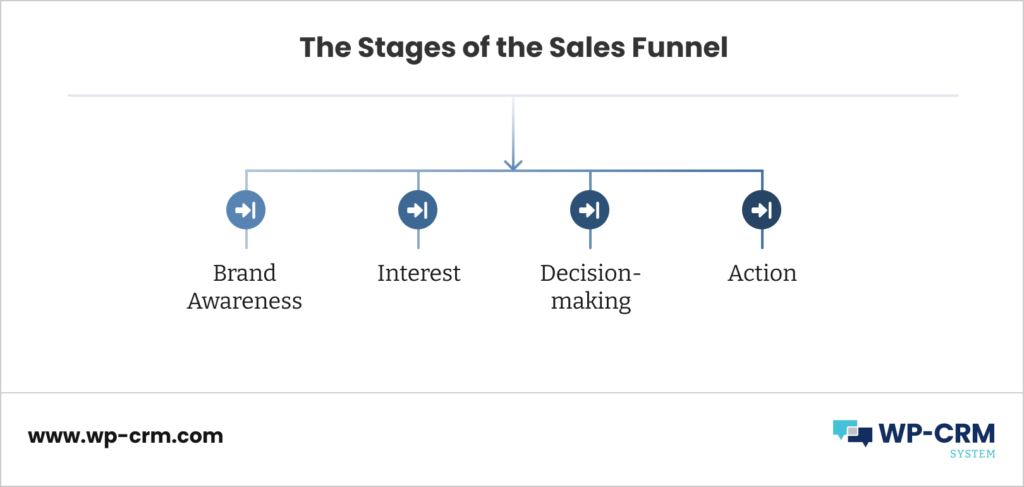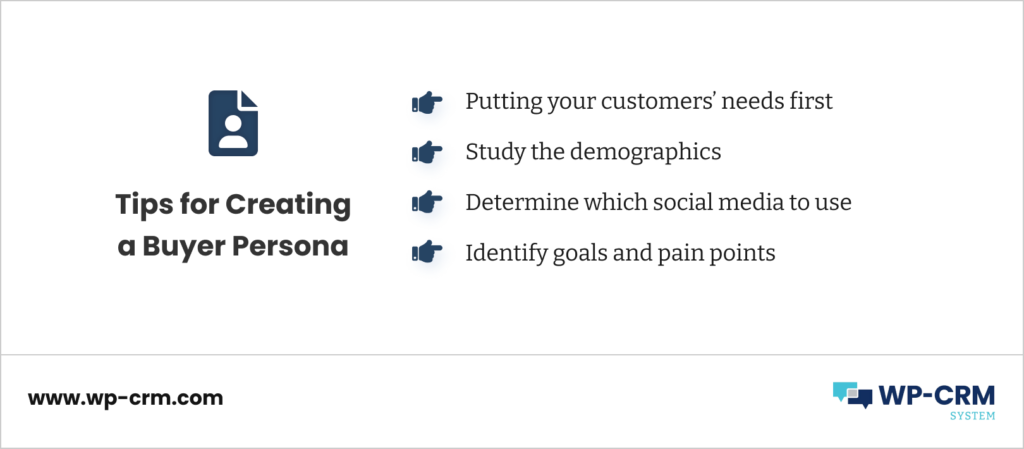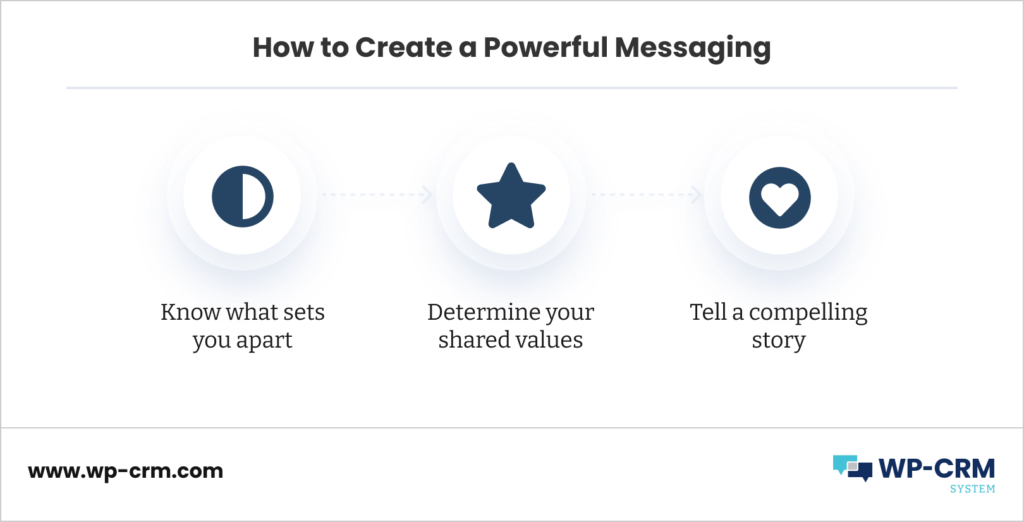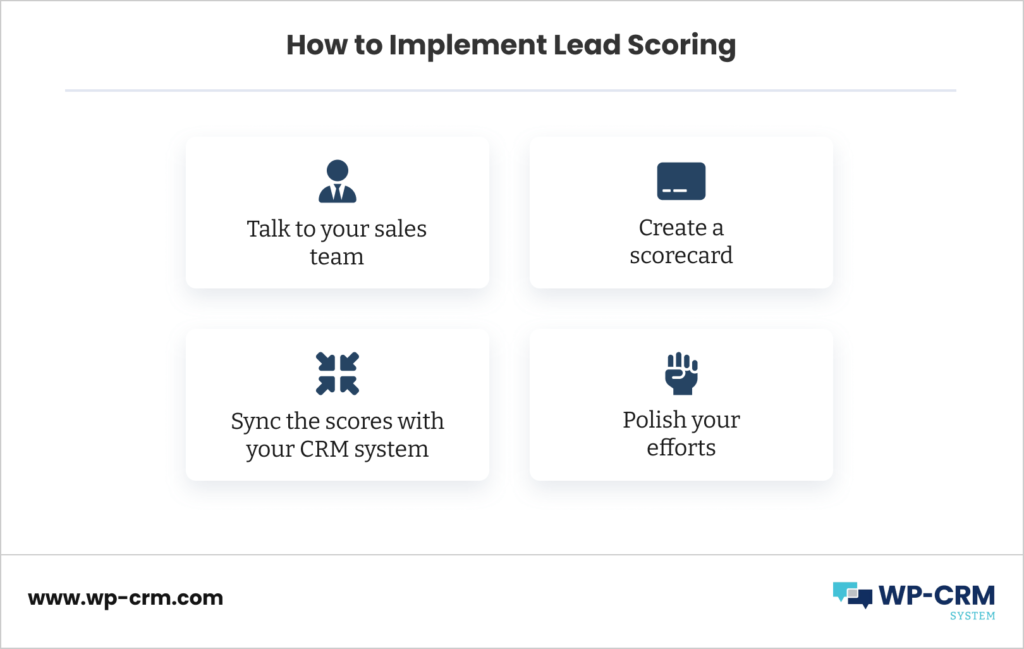Five Practical Ways to Leverage Your Lead Management Process
Acquiring new leads and convincing them to go down the sales funnel can be challenging for marketers and entrepreneurs alike. Fortunately, with the right tactics, the lead management process is attainable.
So, what is lead management? This is the process of getting and managing new leads until they decide to invest in your brand. The lead management process is different from lead nurturing, which usually occurs at the end of the sales journey. Here is what the sales funnel entails:
- Brand awareness. This stage consists of your target market hearing about your brand for the first time. There are different ways people can get acquainted with your business: digital and print advertising, word of mouth, search engine searches, social media posts, referral programs, and more. The lead management process starts here, so make sure to focus on keeping your audience interested so they’d consider going down the line.
- Interest. Now that the prospect is aware of your products and services, this is the time wherein they assess whether they’d want to purchase from your business or not. Create personas and specific marketing propositions to convince your web visitor to turn into a buying customer.
- Decision-making. The third stage is decision-making, wherein potential consumers take the time to think whether your products and services are worth buying. The competition is tight, though, no matter which niche you specialize in, so make sure to come up with a good strategy.
- Taking action. The last part of the sales funnel is taking action, which means that the lead has officially turned into a client. However, the buying journey shouldn’t stop here. This stage is where nurturing comes in, so your customers will turn into repeat consumers.

Now that we have discussed the lead management process and what the sales funnel consists of, it’s time to delve into some practical lead management process tips and tricks to help your clients convert.
Focus on Creating Buyer Personas
As we mentioned, coming up with specific buyer personas can help improve your strategy and optimize your lead management process. Start with a deeper understanding of what your customers need to get their attention. Personas are defined as semi-fictional profiles of the people that you want to target. Here’s how to go about the process:
- Think about what your consumers would want in terms of the products and services that you offer. Identify their pain points and provide corresponding solutions. The main goal here is to put your customers’ needs first.
- Study the demographics and pinpoint their certain attributes. Compile your current customers’ data and determine their geographical location, age, spending and buying habits, personal interests, gender, occupation, and pain points. Then utilize the data for your marketing strategy.
- Know which social media platforms your audience prefers using. You can use tools such as Google Analytics or Hootsuite Insights to determine which channels your customers are frequenting.
- Identify your clients’ goals and pain points. Know what motivates your clients and what issues they are facing regarding the related products and services you offer. Conducting surveys and interviews can help you find out these types of information. Additionally, you can also talk to your sales reps and ask them what the people’s usual complaints are.

Once you’re done creating these personas, you can easily group them and advertise to each one.
Elevate Your Content and Messaging
Blog posts and imposing the correct messaging can be powerful strategies for optimizing your lead management process. This procedure includes working on your email campaigns, digital and traditional advertisements, articles, and social media posts. Use the buyer personas that you have created to reach the audience that you desire.
Here are a couple of tips to implement when working on your content and messaging:
- Distinguish what sets you apart from your competitors. You have to stand out from the rest of the brands in the industry so that people will notice you. Determine what makes you unique from the others and focus on mentioning that in your posts and messages.
- Customers are becoming more and more globally conscious and this makes them look for companies that share the same values as them. Once you show the consumers that you relate to their issues, then there is a high chance to convert them into customers.
- Tell a compelling story and humanize your brand. Share your company background so people can relate to your struggles and achievements.
Personalized content and messaging can help increase the chances of optimizing the lead management process.

Implement a Lead Scoring System
Lead scoring refers to the process of recording each lead that you get through a point-based system. You can do this by basing on different attributes, such as the consumers’ professional data that you have on hand. Finding out how they engage with the brand and your website can also help your marketing and sales team determine which leads to prioritize and respond to them correctly.
Utilizing lead scoring can help improve the quality that the sales team should work on. Discovering the customers’ demographic information, online behavior, and engagement can make the process easier.

Make Use of CRM Software
The lead management process can take time to accomplish, and using a CRM system can help speed things up. Using a CRM tool can maximize content distribution, which saves the company lots of time and effort. Moreover, this type of software can help the marketing team monitor and analyze customer data.
Execute Lead Nurturing
As we’ve discussed earlier, lead nurturing should be performed to keep your clients coming back for more. Follow-ups are vital to the lead management process, as you’d want to have repeat customers and possibly make them spread the word to their circle. Building a trustworthy brand is an essential part of the operation, and you can do this by educating and informing them about your products and services constantly.
Create a calendar and constantly send newsletters and emails that will interest your clients. Again, using a CRM system can help you with optimizing the whole process.
Key Takeaways
Optimizing your lead management process doesn’t have to be expensive and tedious. By applying the tips discussed above, you can attract the right people to your business. Having clear and strategic plans can help your brand get valuable leads to take your company to the next level. Accomplishing a streamlined outreach can also aid with improved return on investment and overall business success.
